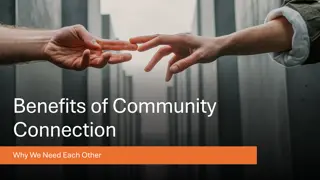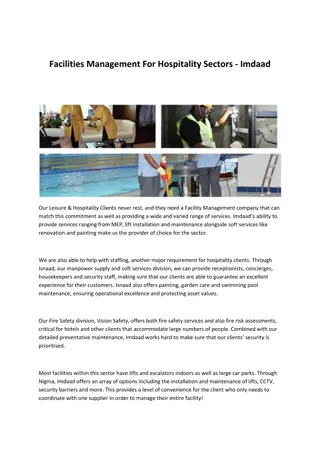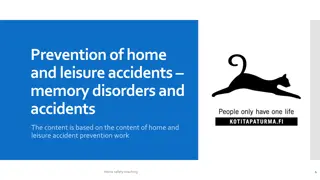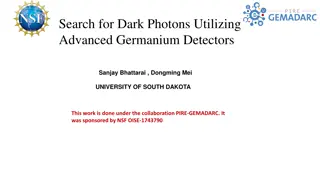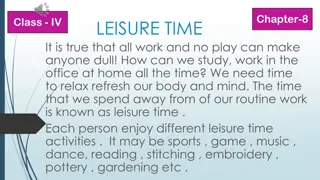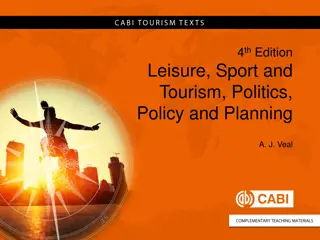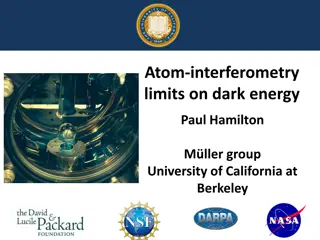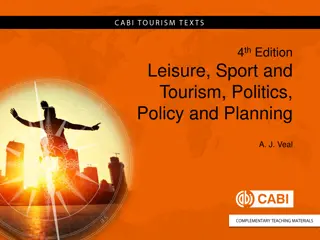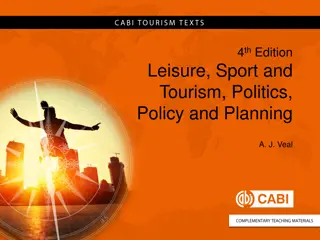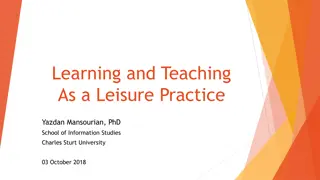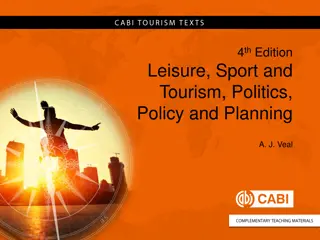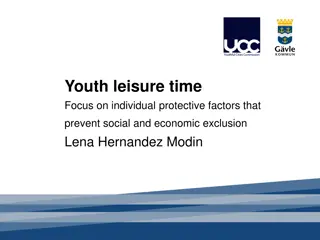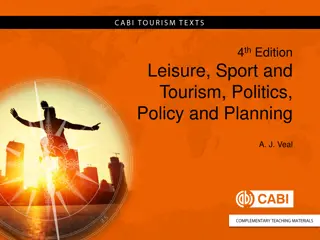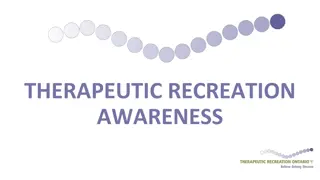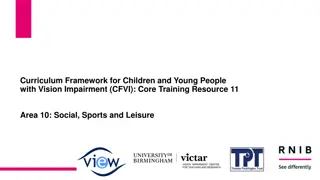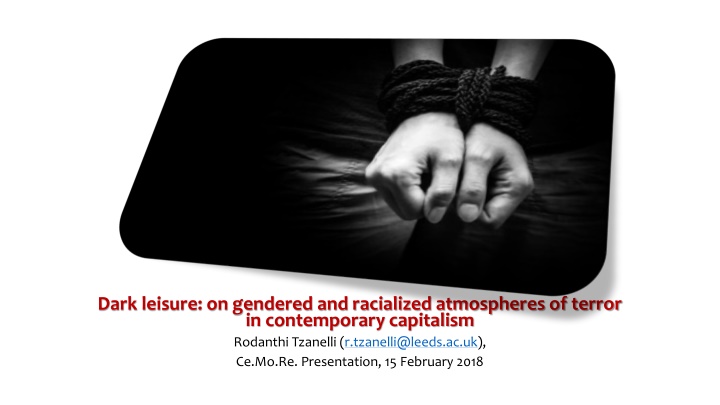
Gendered and Racialized Terror in Contemporary Capitalism
Explore the dark world of kidnapping packages within contemporary capitalism, where individuals pay to be subjected to physical and psychological abuse. Analyze the concept of dark mobility and how it interacts with aesthetic capitalism, shaping desires and values. Delve into the atmospheric work behind designing these disturbing experiences.
Download Presentation

Please find below an Image/Link to download the presentation.
The content on the website is provided AS IS for your information and personal use only. It may not be sold, licensed, or shared on other websites without obtaining consent from the author. If you encounter any issues during the download, it is possible that the publisher has removed the file from their server.
You are allowed to download the files provided on this website for personal or commercial use, subject to the condition that they are used lawfully. All files are the property of their respective owners.
The content on the website is provided AS IS for your information and personal use only. It may not be sold, licensed, or shared on other websites without obtaining consent from the author.
E N D
Presentation Transcript
Dark leisure: on gendered and racialized atmospheres of terror in contemporary capitalism Rodanthi Tzanelli (r.tzanelli@leeds.ac.uk), Ce.Mo.Re. Presentation, 15 February 2018
Kidnapping packages: What are they and who buys them? 8 open access business websites, 2 of which are specifically designed for stag parties Provided by independent Western-minded companies, mostly based territorially in the US, the UK and Europe. Most operate online to advertise their products with detailed discursive presentation, photographs of kidnapped victims/customers or abductors in action, as well as advertising videos. Product: consumers pay a few hundred pounds or dollars, to be abducted, detained, and subjected to various forms of physical, psychological and emotional abuse, including: privation of food, water, light and warmth; being roped, handcuffed, chained or gagged; and being tortured by way of techniques such as waterboarding, the administration of electric shocks, slapping or whipping. Such experiences may last anything from a few hours to days or weeks and are forms of edgework: voluntary engagement in risk-taking practices in and through which participants seek to both experience the excitement and adrenalin rush of dangerous situations, and to reclaim their sense of agency over a risky lifeworld through the exercise of survival skills and feats of physical and psychological endurance (Lyng 1990).
Critical mobility (hypo)thesis: capitalising on atmospheres Theoretical premise: aesthetic capitalism stages desires as needs elevating atmospheres into values Desire to be kidnapped a form of dark mobility addressing a problem: self- betterment as an objective, a sport that hones cognitive, corporeal and emotional skills to master inhospitable environments Atmospheres 1. as subjective experience of environments in which kidnappings take place and which involve the material world round us (B hme 2006) 2. as affects that events in them induce for the subject, thus communicating with emotions we find in organised (in)hospitable social situations (Dufrenne 1973, 1987; Thrift 2008; Ahmed 2014) Adam Thick aka Mr. Scrillion, head of 'Extreme Kidnapping' will arrange for the client to be abducted and experience a simulation of kidnapping
Designing the product: atmospheric work Atmospheres sustain an ecological aesthetics with three components: 1. Scriptural basis: texts/scripts written by the victim/client or professionals, but also new and older media to sell, record and enhance the experience. A contract seals the agreement (mostly to cover health/safety regulations) 2. Architectonics of terror: spatialisation of the horrific experience, which has to take place in appropriately scary sites, such as dark rooms, abandoned buildings, and interrogation chambers. 3. Kinesfield: the first two contribute to inducing unprocessed, spontaneous affects in the kidnapped, such as fear, terror, or stress, which consolidate in historically-rich embodied performances
Scriptural and architectonic adjustments to the experience (Ultime R alit ) Ever wanted to know what it'd feel like to be abducted without warning and held captive against your will? .... They'll throw in a bit of torture and psychological shock for added effect. This one-of-a-kind adventure travel experience allows you to create your own signature adrenaline-heavy scenario that is only limited by your imagination... and threshold for pain. Another of UR s law-skirting packages allows you to hunt a person, or be hunted by them. Just keep in mind that you'll sign a liability waiver, making whatever they do to you for the next 4-6hrs totally legal.
Of these three components, the kinesfield matters most: it encloses atmospheres of revolution (e.g. ethnic irredentism) perverted into individualised torture stories Performances rest on histories of terror and racialized/gendered exclusion that have been commodified in late capitalist contexts, including occasions of dark tourism to sites of terrorism and torture Growing interrelationship between torture and comfort as key feature of the United States project of American Empire via visual popular and journalistic cultural strategies of domesticating, trivialising, kitschifying and regarding torture with a degree of irony, thus deducting from the gaze the duty of care for others (Sturken 2011: 225). The race factor, conducive to Islamophobic and xenophobic discourse, survives in kidnapping design in promises to water-board and torture physically and emotionally, whereas images of militarised male gangs/kidnappers are featured in balaclavas as faceless threats
An emerging aesthetic industry of terror? Jihad vs. McWorld (Benjamin Barber) and the feminisation of fear A Manichean division of the world between American politico-economic domination (MacWorld) and terrorist reaction (Jihad) undermining democratic institutions Jihad vs. McWorld not a clash of civilizations but a dialectical expression of tensions built into a single global civilization as it emerges against a backdrop of traditional ethnic and religious divisions, many of which are actually created by McWorld and its infotainment industries and technological innovations . Kidnapping packages merge the two opposites in an industry of pedagogical refinement endorsing individualism and insensitive development of self-identity (a sport) Racial othering assists in project self-identity , although design denies its presence in advertising, save in occasional references in H&S disclaimers Scriptural basis online involves the mobilisation of the feminine body and soul as twin objects of torture and pleasure (BDSM variation excluding female participation, or featuring female kidnappers, but never victims of torture)
A masculine and militarised aesthetics of death and fear? As an aesthetic industry kidnapping simulation business operates independently from counter-terrorist industries but cross-fertilises by simulating mobile situations , by staging perverted mobilities As a result, the racialized, masculinised and militarised aesthetics is maintained intact in the promise to simulate terror like in a movie Not only torture and terror are kitschified and de-sensitivised for customers, the right to consume them becomes socially normalised All in all, kidnapping simulations blend the aesthetics of terror with the poetics of individualism that drive the ideology of neoliberalism and they fuse Jihadist with market fundamentalism for entertainment purposes

